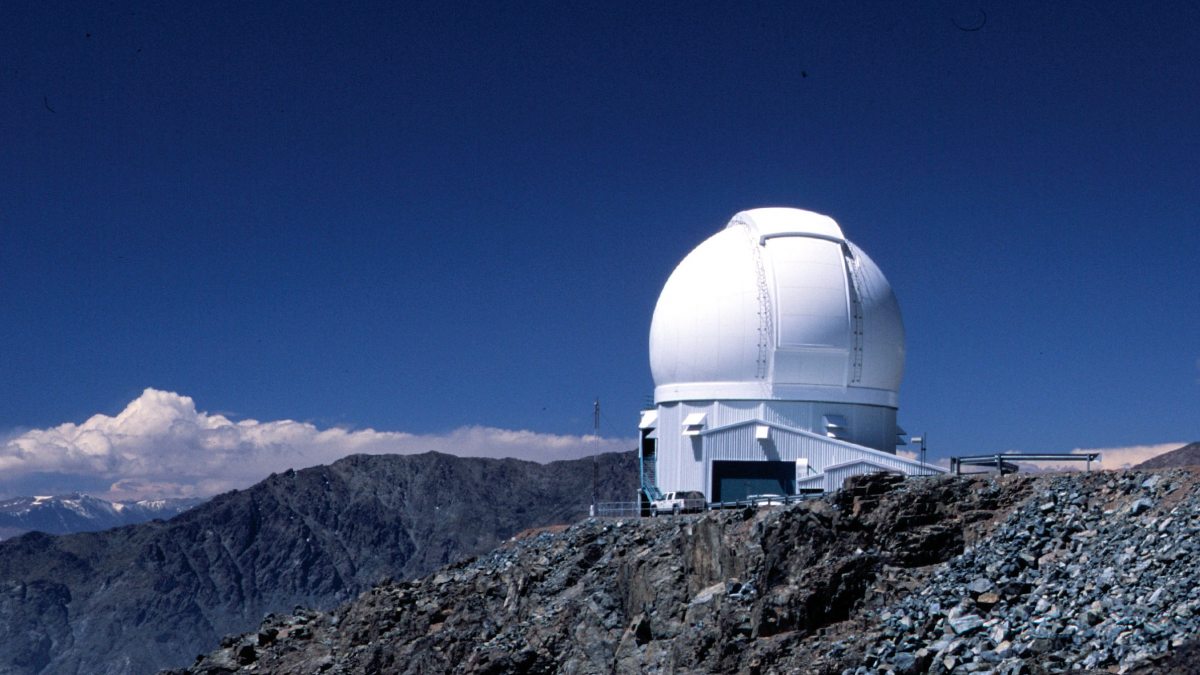UNC-Chapel Hill astronomers track roadster-driving ‘Starman’
The researchers created a time-lapse movie of the object, known officially by its interplanetary ID as Starman 2018-017A, as it tumbled through space at nearly 8,000 mph.

Last week’s launch of a sports car into space has captivated skywatchers the world over, but perhaps none more than those who study the stars as their profession.
Having some fun after a productive observing night, astronomers from the University of North Carolina at Chapel Hill stationed in Chile tracked the Tesla roadster and its spacesuit-wearing mannequin using the SOAR telescope.
They made a time-lapse movie of the object,known officially by its interplanetary ID as Starman 2018-017A, as it tumbled through space at nearly 8,000 mph. They recorded it in the early morning hours of Feb. 10, compressing 52 minutes of footage into a 24-second video. At the time of filming, it was already more than 660,000 miles from Earth, bound for an elliptical orbit around the sun, swinging by Mars on the way. Now that it is a week into its journey, only the largest telescopes on Earth are capable of detecting it.
By measuring periodic changes in the brightness of the car, the astronomers can report that the car is likely rotating on its axis about 12.6 times per hour. (This observation is still being debated by experts on Twitter; it could be that the car is rotating at half that speed, based on the long side of the car and rocket stage being seen twice every time it spins.)
“To make the light curve and measure the rotation period, we used the same techniques we use every day in our research of variable stars, but we’ve definitely never used them on a car,” said Erik Dennihy, a UNC graduate student who collected the data.
The images were collected using the imaging mode of the Goodman spectrograph, which was built at UNC and is the most widely used instrument on the 4.1-meter Southern Astrophysical Research (SOAR) telescope. SOAR is a joint project of the Ministério da Ciência, Tecnologia, Inovaçãos e Comunicações do Brasil, the U.S. National Optical Astronomy Observatory, UNC-Chapel Hill and Michigan State University.
“While this was mostly for fun, we were genuinely curious to see how this car looks tumbling through space,” said J.J. Hermes, a Hubble Fellow at Carolina. “This is the same way astronomers estimated the appearance of ʻOumuamua, the cigar-shaped asteroid discovered last year that is the first known interstellar object to pass through the solar system.”
The car was launched into space Feb. 6 by Elon Musk’s SpaceX company. (Musk also owns Tesla.) Test flights of rockets typically carry a dummy payload, such as concrete, but Musk opted to use the cherry-red vehicle.




